|
One of the highlights of our excursion to Taronga Zoo was the Enclosure Workshop in the "Desert" habitat classroom. Lauren, the education officer, introduced us to some of the birds and animals which live in this cleverly designed space. We first noticed the budgies and finches flying right over our heads. A little later, two bilbies were coaxed out of their burrow by the sound of Lauren shaking a container with food. We learned that their long ears aren't just there to gather sound but are also involved in temperature control. The long snout and backwards facing pouch were other interesting adaptations. Go to the Australian Museum's page to read more about them. During the workshop, Lauren allowed us to touch a shingle-back lizard and a diamond python called "Tiffany". Many thanks to the parents who accompanied us on the trip.
0 Comments
Thank you to Dace and Jo from the Hand Weavers and Spinners Guild for skilfully teaching Year 5 students about wool and how its fibres can be spun into yarn. We use the drop spindles and learn about other stages in the processing of wool, a wonderful and precious resource. If we have a sense of how much is involved in producing just one item of clothing -- labour, energy, water, costs to the environment -- then, perhaps, we'll make more sustainable choices as consumers and in the way we live our lives.
"There's science in them thar oranges!" Just a few hundred years ago, scurvy was a serious problem for sailors on long voyages. The wonderful story of vitamin C cannot be told without mentioning lemons, limes and oranges. In the 18th century, Dr Lind was able, through experiment, to realise that scurvy could be prevented by eating citrus fruits. In class, we work out what proportion of an orange can be squeezed out as juice and how many oranges we might need to make a litre. We learn how the volume of a piece of fruit can be measured by seeing how much water it displaces. This week, the Marist kitchen is at our disposal instead of the laboratory. It's a point of hygiene. That juice mustn't go to waste. Drink up! Thank you to Yu-Kai for looking after us in the lab and to Maxine for making us welcome in the kitchen. |
Teacher MessagesArchives
October 2019
Categories |
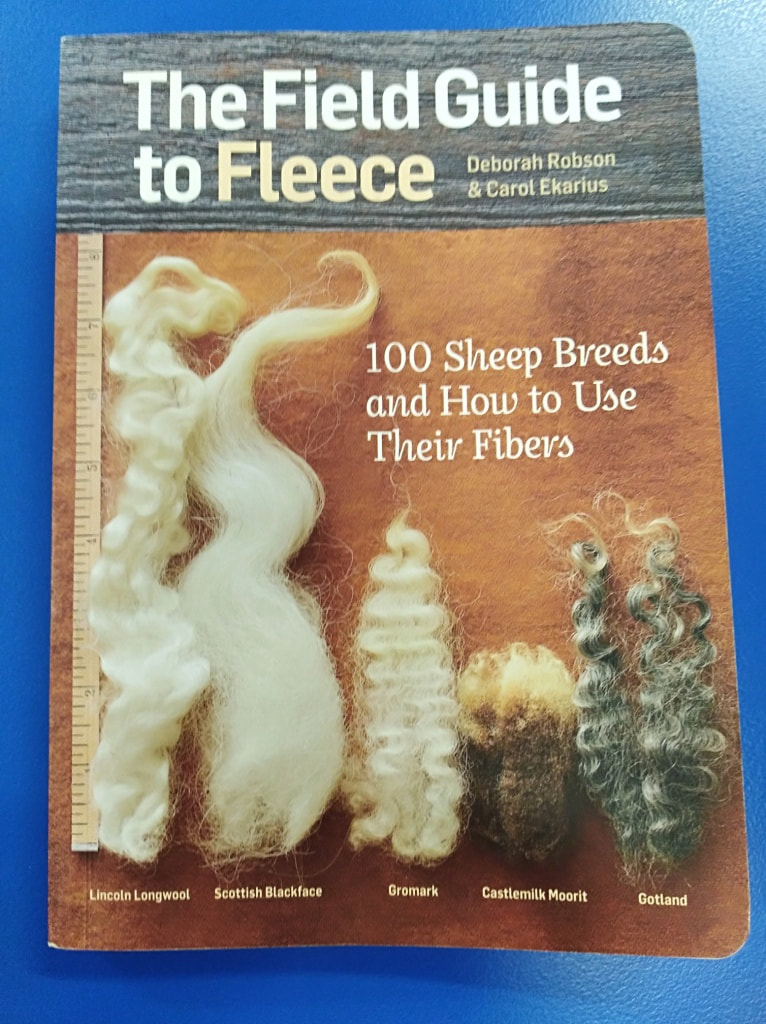
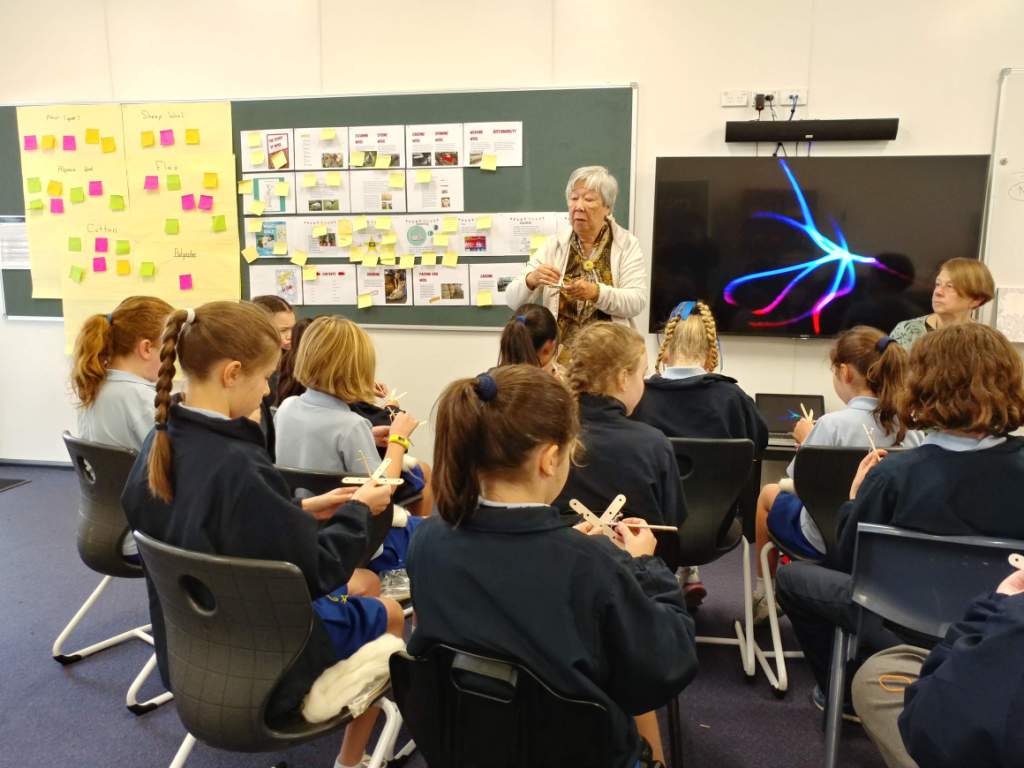
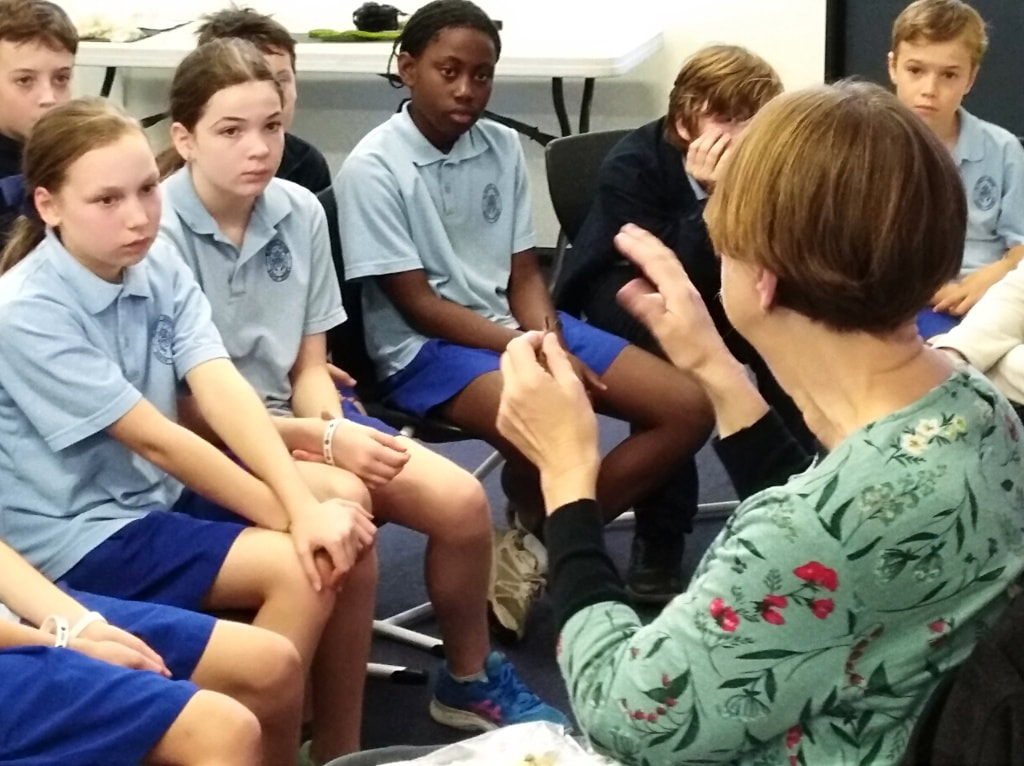
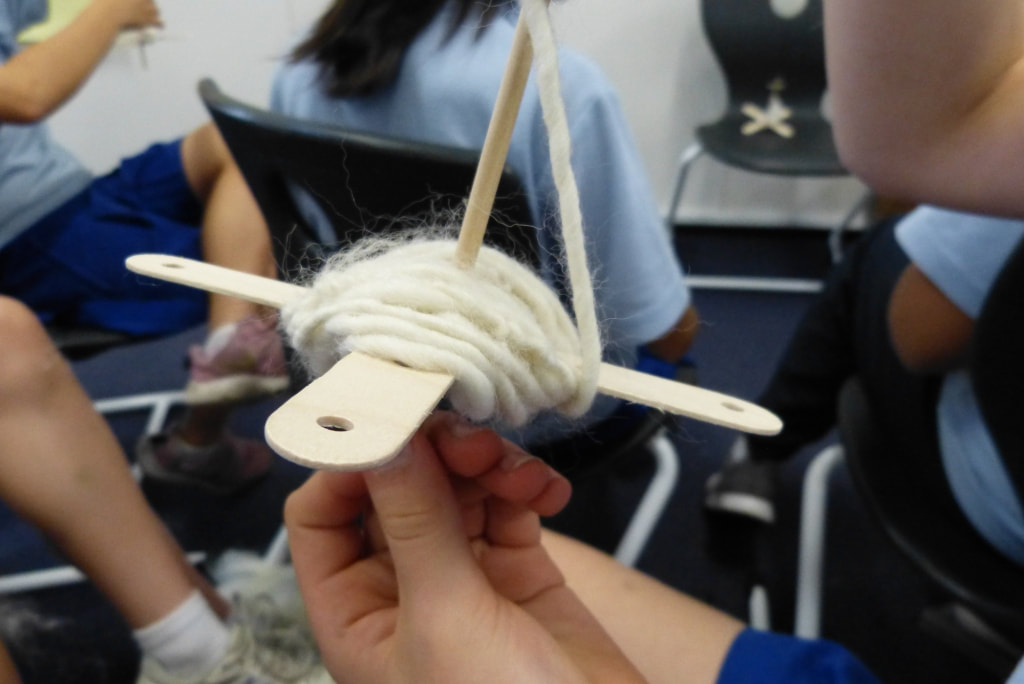
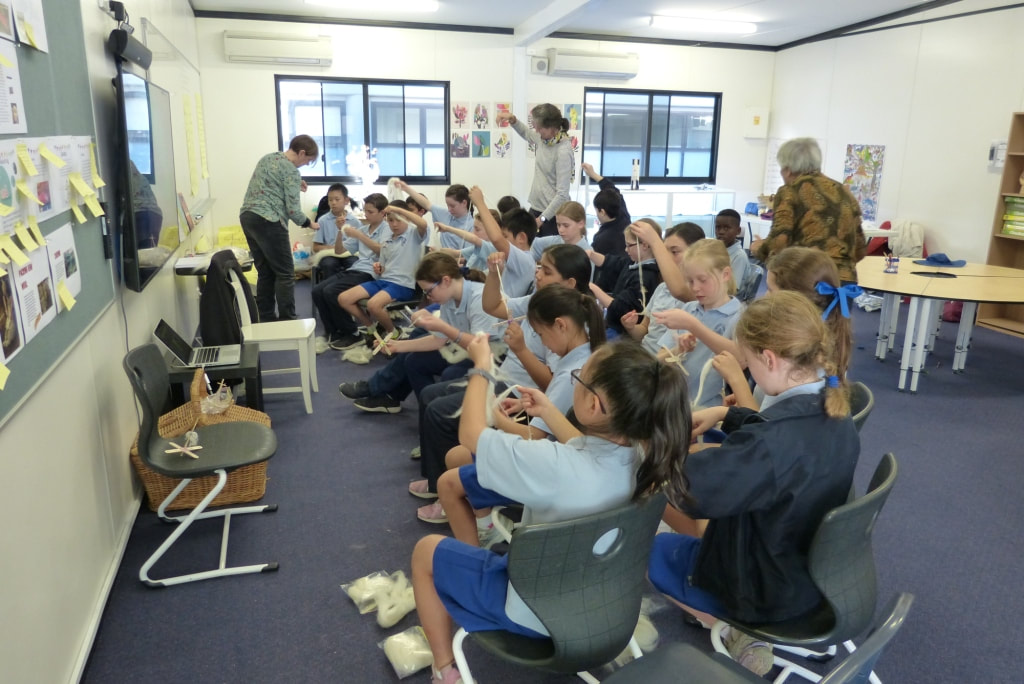
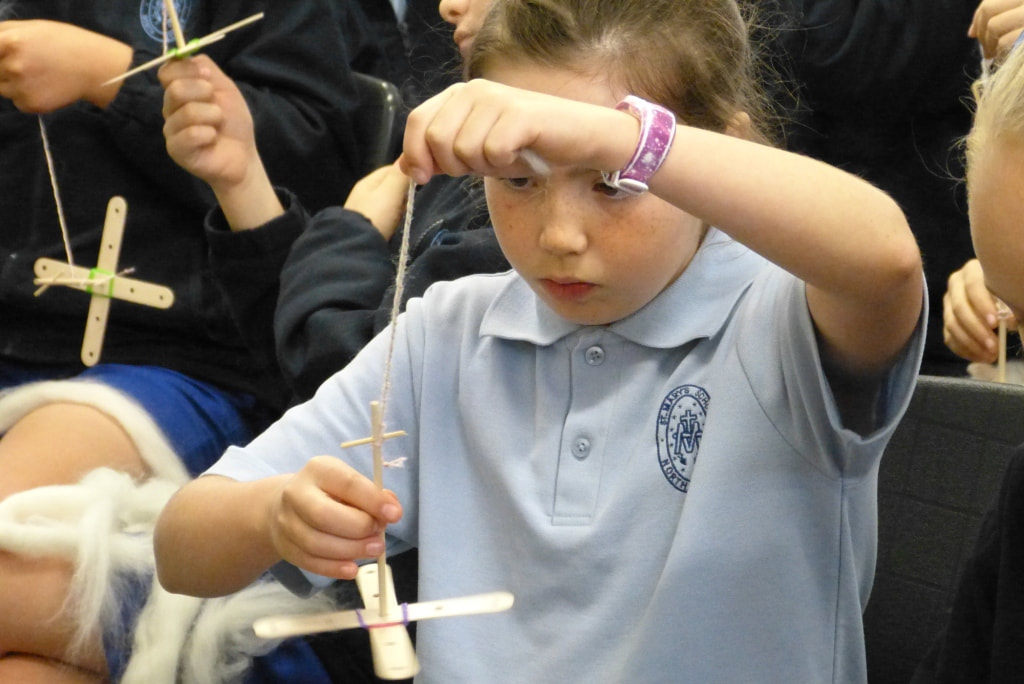
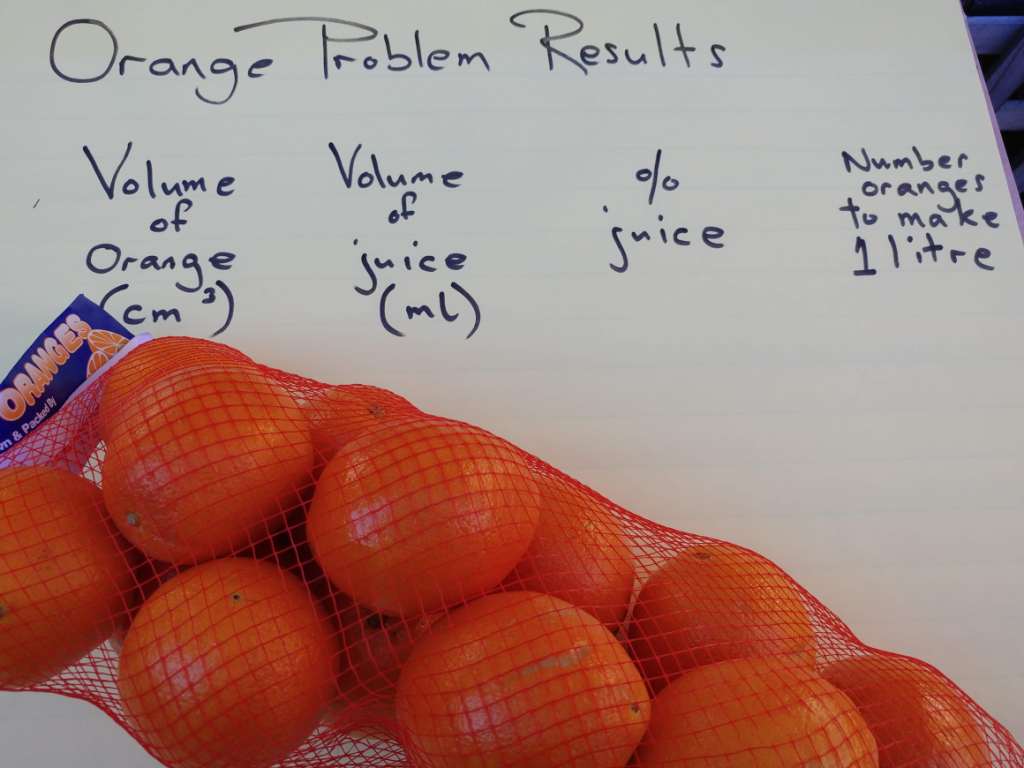
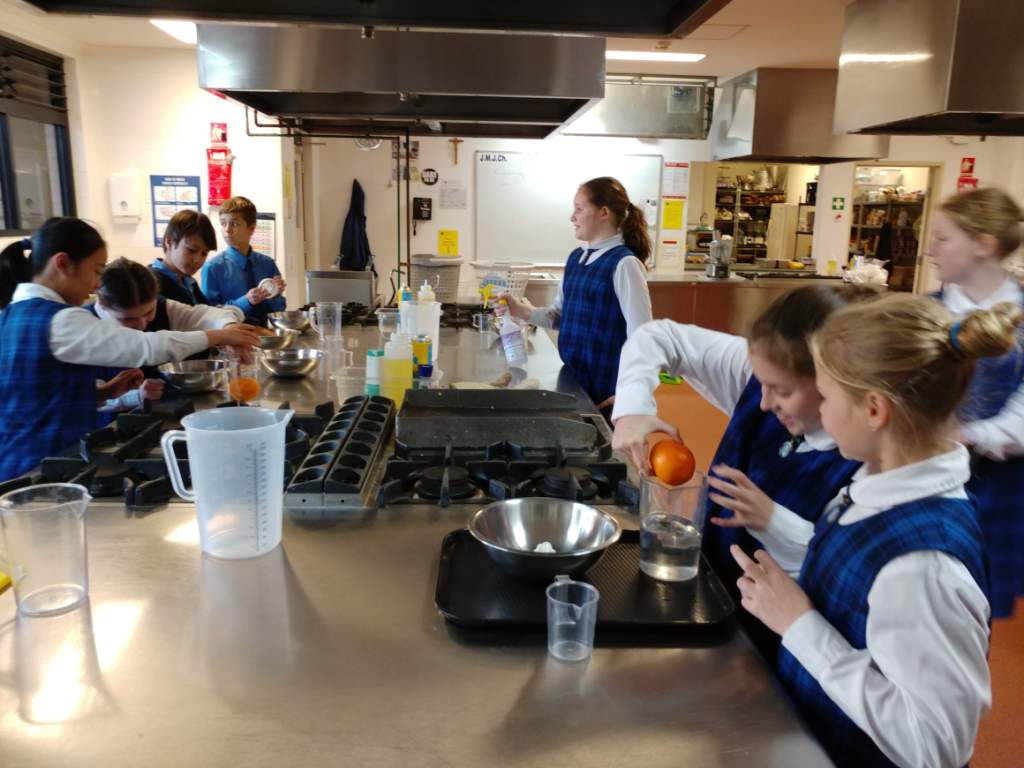
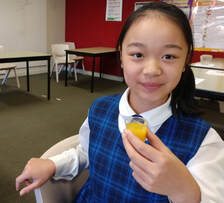
 RSS Feed
RSS Feed